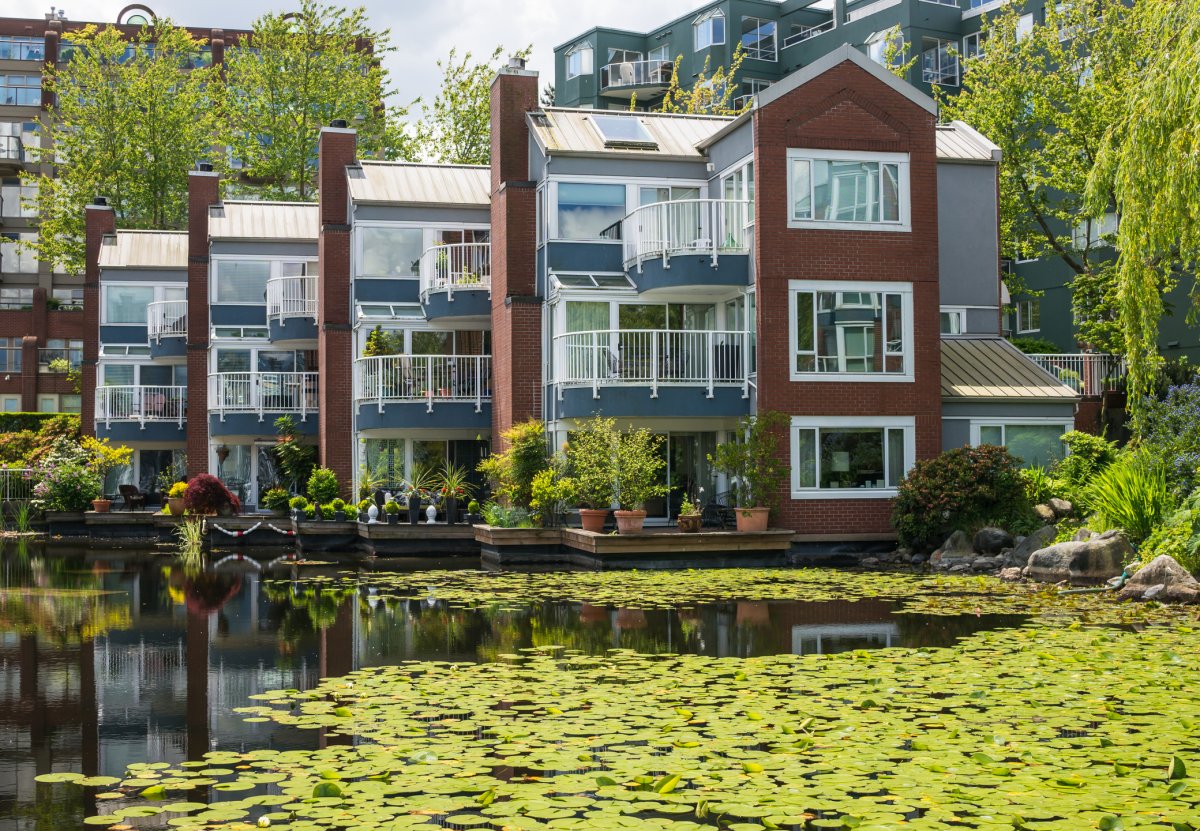Your home is probably the most important long-term investment you’ll make in your life. It’s where you’ll spend most of your time, so why not put your stamp on it and make it a true sanctuary for your health and happiness. A renovation that focuses on eco living can not only impact your health and the environment around you, but it can have a pretty major impact on household expenses too, saving loads of money in the long term.

Wisely chosen eco-friendly renovations can not only improve your quality of life and add value to your home but will also help you reduce your ecological footprint and leave a better world for generations to come. In addition, energy-efficient solutions can help you save money. It’s a win-win renovation!
Nearly two thirds of the energy used in the average Canadian household goes toward heating. Having your home properly insulated with a spray foam could save on energy costs in the long run. Spray foam will help keep heat in during cold weather. It will also keep your house cool in the summer months, reducing the need for heating and air-conditioning.
The most important areas to insulate are the walls, the attic, the basement and crawlspaces. In addition, you may need energy-efficient windows that are well-sealed and caulked.
A tightly insulated home needs good ventilation to prevent stale, moist air from being trapped inside. Fireplace inserts, range hoods, fans and dryer vents can help with air circulation.
A heat recovery ventilator system, or HRV, is a good eco-friendly option since it uses the hot air already inside the house to warm the cold air coming in from outside, reducing energy consumption. Thermostat timers that allow you to heat only the rooms you’re using will save even more energy and money.
Appliances and lighting use on average about 16 per cent of the energy in the average home, so consider upgrading to high-efficiency washers, dryers and other appliances and installing LED lighting. You can also improve the lighting in your home by making use of what nature has to offer: a south-facing window can illuminate as much as a hundred times its area. Another clever way to reduce the need for artificial lighting is to paint your walls in lighter colours that will reflect the natural light.
Smart home technology that allows you to control or program your lights and appliances can also be hugely beneficial. If you’re guilty of running out the door and leaving lights on, having the ability to flip them off from your phone, no matter where you are, will account for some pretty eye-opening savings over time.
During our cold winters, on average about 20 per cent of the energy used goes toward water heating. There are different water heating systems available that are more energy efficient, including heat pump, solar, gas and tankless heaters. While you consider upgrading your water heating system, you can insulate your water pipes which can also help reduce the amount of energy you need to heat your water.
For your home to be truly eco-friendly, you need to use less water. Canadians are among the world’s largest per-capita consumers of water and only 10 per cent of domestic water use is for drinking and cooking. Installing low-flow, aerated taps and dual-flush or ultra-low-flush toilets can help reduce the vast amounts of water that go down the drain while fixing or replacing leaky pipes will help reduce your hydro costs.
Sponsored by Scotiabank®.

Trademarks of The Bank of Nova Scotia in Canada include: ecoliving; ecoliving design.
® Registered trademarks of The Bank of Nova Scotia.
The opinions expressed in this article regarding home renovations are those of the author and not The Bank of Nova Scotia.
RELATED READ: http://globalnews.ca/content/3678015/the-most-popular-renovations-in-canada-for-2017/




